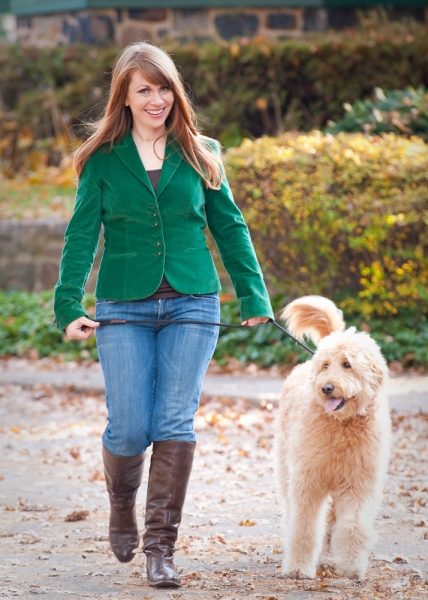

No Pulling! Tips for teaching your dog to walk nicely on leash
Dog owners often have idyllic visions of relaxing strolls with man’s best friend. Most of us learn quite quickly however that for the majority of dogs, a leash walk is comparable to dancing the not-so-fluid Mamba. Often we become the bump at the end of the leash, being taken along for a ride.
Here are my tips for finessing the fancy foot work of you and your dog.
4. The dance: You and your dog are partners on this walk and you need to work as a team. Start off with a simple step, stop, sit sequence. I mean just what I typed. You take one step, stop and with a treat in your hand, lure your dog into a sit at your side. Mark the sit with "yes," and give your pup the treat. Repeat this for 10 -20 reps. You’ll notice that after 3-5 reps your dog will automatically start sitting at your side when you stop. Gradually increase to two, three, four, five, ten steps in between stop-sits, treats. Soon your dog will learn that staying near your side and sitting when you stop pays off.
Join the newsletter and never miss out on dog content again!
"*" indicates required fields
By clicking the arrow, you agree to our web Terms of Use and Privacy & Cookie Policy. Easy unsubscribe links are provided in every email.